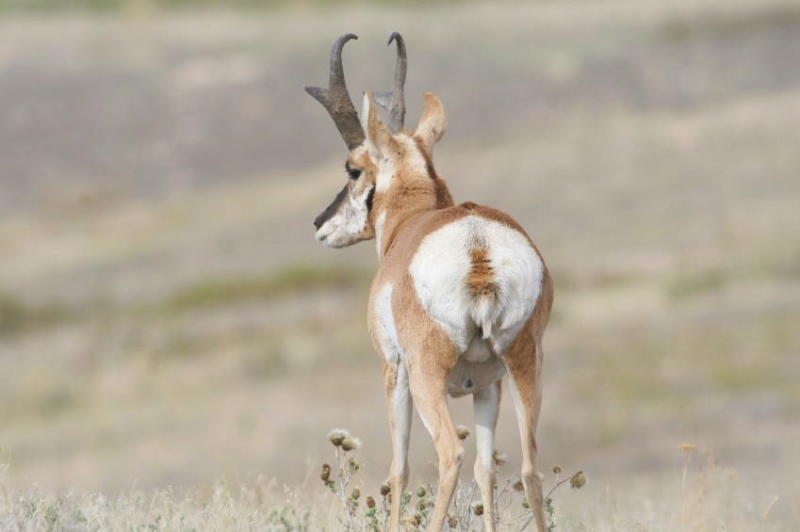The Formation and Function of Color
By Dave Hanks
The many colors in nature make for glorious views, but color is utilitarian as well as aesthetic. Animals that can see color can utilize color in different ways: territorial defense, mate attraction, camouflage, and signaling. These are all practical color functions. Color blind beasts, such as most ungulates, also rely on color. The white and dark colors are utilized in various patterns to serve their needs.
Feather colors are arrived at in two ways – PIGMENTATION and STRUCTURE. The most common pigmentations are the MELANINS, which produce the blacks, browns, yellowish-browns, and reddish-browns. CAROTENOIDS are pigments that are synthesized in the body, but are obtained from one’s diet. These types are responsible for the reds, oranges, and many of the yellow colors. Diet then plays an important role in the maintenance of these colors.
Structure is responsible for whites, blues, and iridescent effects. When light bounces off from these structures the color is manifested. White appears when all color waves are being reflected. A blue bird appears black in dim light. It must have the blue waves reflecting off their feathers to appear blue.
The white and dark bands on Lemur tails signal to other members of the troupe, when the tails are held high. The large white tails on White-Tailed Deer are flags to send signals to others. No ungulate has a more distinctive used of white on tan color patterns that the Pronghorn of America’s open country. A big white rump and white sides are very noticeable from a distance.
Color combinations are the eventual result of a species adapting those characteristics that are most favorable for its survival. The more successful individuals are more apt to live to reproduce and engrain those combinations within its species.
(A Pronghorn shows off the use of white)
|
